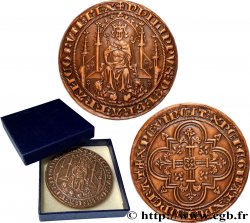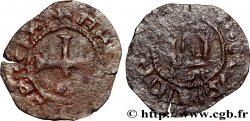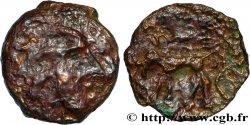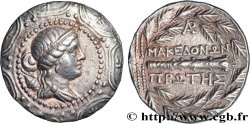Live auction - bry_966221 - PHILIP VI OF VALOIS Lion d’or n.d.
You must signin and be an approved bidder to bid, LOGIN TO BID. Accounts are subject to approval and the approval process takes place within 48 hours. Do not wait until the day a sale closes to register. Clicking on "BID" constitutes acceptance of the terms of use of cgb.fr private live auctions.
Bids must be placed in whole Euro amounts only. The sale will start closing at the time stated on the item description; any bids received at the site after the closing time will not be executed. Transmission times may vary and bids could be rejected if you wait until the last second. For further information check the Live auction FAQ
All winning bids are subject to a 18% buyer’s fee.
All winning bids are subject to a 18% buyer’s fee.
| Estimate : | 9 000 € |
| Price : | 5 400 € |
| Maximum bid : | 5 400 € |
| End of the sale : | 10 December 2024 15:51:43 |
| bidders : | 1 bidder |
Type : Lion d’or
Date: 31/10/1338
Date: n.d.
Metal : gold
Millesimal fineness : 1000 ‰
Diameter : 30,5 mm
Orientation dies : 5 h.
Weight : 4,88 g.
Coments on the condition:
Ce lion d’or est frappé sur un flan large, légèrement irrégulier et présentant des faiblesses de frappe avec des restes de gravure d’une double frappe
Predigree :
Avec son certificat d’exportation n°249422 délivré par le Ministère français de la Culture
Obverse
Obverse legend : ° PH’: DEI: GRA° - °FRANC: REX°, (PONCTUATION PAR TROIS ANNELETS SUPERPOSÉS OU PAR SIMPLE ANNELET).
Obverse description : Philippe VI couronné assis dans une stalle gothique, avec baldaquin, tenant un sceptre long de sa main droite, un court de sa main gauche, les pieds posés sur un lion à gauche.
Obverse translation : (Philippe, roi des Francs par la grâce de Dieu).
Reverse
Reverse legend : +: XP'C: VINCIT: XP'C: REGNAT: XP'C: INPERAT, (N DE REGNAT RÉTROGRADE, PONCTUATION PAR TROIS ANNELETS SUPERPOSÉS).
Reverse description : Croix quadrilobée et fleuronnée, dans un quadrilobe orné de feuilles et cantonné de quatre trèfles sans queue.
Reverse translation : (Le Christ vainc, le Christ règne, le Christ commande).
Commentary
Le lion d’or ne connut qu’une seule émission. Cette monnaie est appelée dans les textes “Leones auri, “denarius “(ou “florenus”) “ad Leonem” et enfin “Lyon d’or”. Il s’agit de l’une des monnaies les plus rares du monnayage de Philippe VI après le florin george et la couronne d’or.








 Report a mistake
Report a mistake Print the page
Print the page Share my selection
Share my selection Ask a question
Ask a question Consign / sell
Consign / sell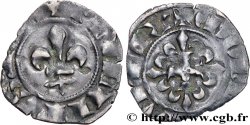
 Full data
Full data